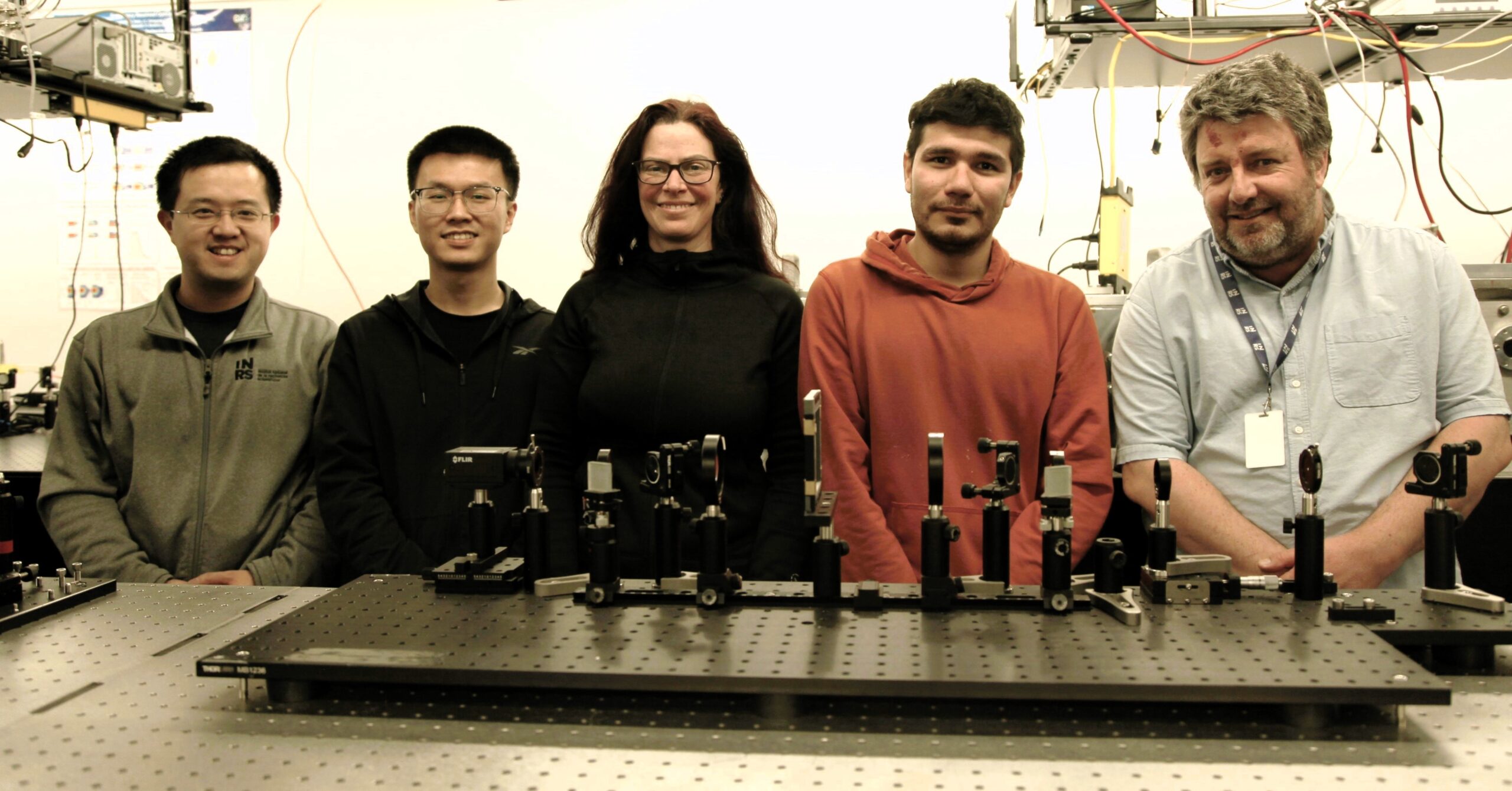Extending Underwater Time to Months Instead of Hours
The US Navy operates a fleet of “unmanned underwater vehicles” (UUVs) that run on batteries. UUVs are used to detect threats such as mines and for mapping the ocean floor and remote sensing. The main drawbacks of this technology are the inability to transfer data and energy underwater, and batteries must be charged by surface ships.
But now the Navy is demonstrating breakthrough technology and methods to recharge UUVs underwater using wireless technology. In a recent, first-ever Naval Technology Exercise at the Stillwater Basin Test Facility in Newport, Rhode Island, the new UUV technology was unveiled.
The Navy had already demonstrated the underwater wireless energy transfer in a 6,000-gallon tank of water at its West Bethesda, Maryland facility in June 2015. But at the Naval Technology Exercise from August 10-14, 2015, the Naval Surface Warfare Center Carderock Division (NSWCCD) demonstrated successful underwater wireless energy transfer from an underwater docking station to a nearby mid-sized Autonomous Research Vehicle (MARV) which ultimately charged the UUV’s battery. The exact distance of the transfer was undisclosed.
According to Dr. Michael Knauff who helped develop the battery charge program, “we tested a Carderock-developed algorithm and pulled in data from the actual battery; then ran voltage, current and temperature data through the data acquisition system.” During the underwater energy transfer, this program ran using data transferred wirelessly underwater using an underwater optical communications system.
A company called Bluefin Robotics is the main contractor for US Navy UUVs; it offers a full range of UUV platforms and subsea battery solutions.






